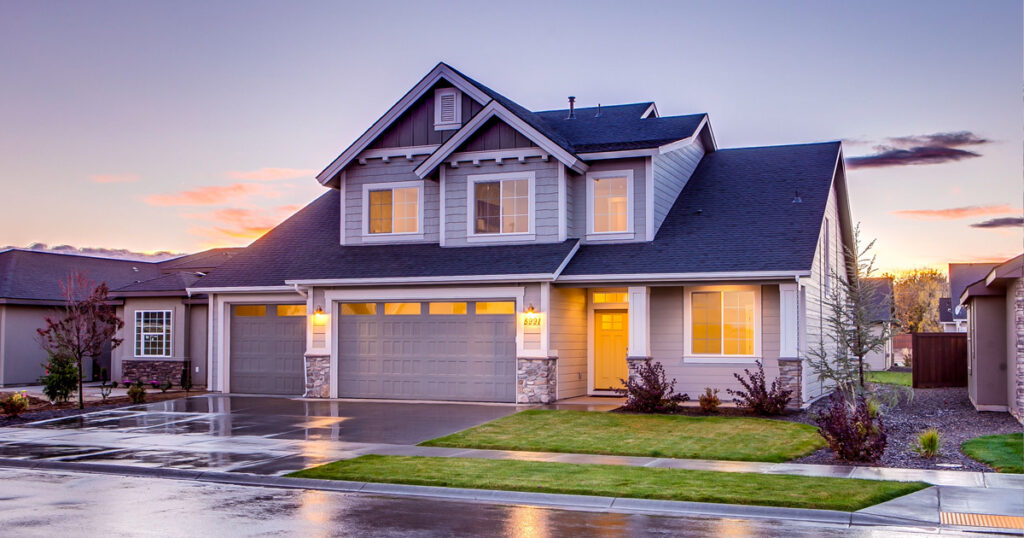
The Ultimate Checklist: New Home HVAC Inspection for a Stress-Free Move
Summary
Get the Ultimate Checklist for a Stress-Free Move! Discover the importance of a thorough HVAC inspection before moving into a new home. Our expert insights and valuable tips will help you avoid costly repairs and ensure a comfortable living space. Don't miss out on the key to a worry-free move!

Introduction
Moving into a new home is an exciting time, but it’s essential to prioritize the inspection of your HVAC system before settling in. A comprehensive New Home HVAC Inspection ensures that your heating, ventilation, and air conditioning systems are in optimal condition, providing you with comfort, energy efficiency, and peace of mind. In this article, we’ll guide you through the ultimate checklist for a stress-free move, covering the crucial steps to assess and evaluate your HVAC system’s performance. Whether you’re a first-time homeowner or a seasoned buyer, following these guidelines will help you identify potential issues and take the necessary steps to address them, saving you time, money, and future headaches.
The Importance of a New Home HVAC Inspection
Before you begin unpacking boxes and settling into your new home, it’s essential to prioritize an HVAC inspection. Here’s why:
New Home HVAC Inspection, Step 1: Assessing the Condition of Existing Equipment
When you move into a new home, it’s crucial to assess the age and condition of the HVAC system. Consider the following:
- Examine the HVAC unit to determine its age. The typical lifespan of a heating and cooling system is around 15-20 years. If the system is approaching or exceeding this timeframe, it may be more prone to breakdowns and inefficiency.
- Evaluate the overall condition of the HVAC system, including visible signs of wear and tear. Look for rust, corrosion, or any leaks that may indicate underlying issues.
Ensuring energy efficiency is not only environmentally friendly but also cost-effective. Take the following steps:
- Measure the energy efficiency rating of the HVAC system. Older systems tend to have lower efficiency ratings, resulting in higher energy consumption and costs.
- Consider upgrading to a more energy-efficient system if your current one is outdated. Newer models are designed to provide improved performance while reducing energy usage.
Thermostats play a vital role in controlling your home’s temperature and comfort. Pay attention to the following:
- Test the thermostats in each zone or room to ensure they are working correctly and responding accurately to temperature adjustments.
- Check the programming features of programmable thermostats, if applicable. Ensure that they are properly set and functioning as intended.
New Home HVAC Inspection, Step 2: Ensuring Proper Airflow and Distribution
Proper airflow and distribution are essential for maintaining a comfortable indoor environment. Consider the following:
- Inspect the air ducts for any visible damage, such as holes, leaks, or disconnected sections. Damaged ductwork can result in air leaks and inefficient airflow.
- Clean the air ducts if necessary, especially if the previous homeowners did not maintain them regularly. Dust, debris, and allergens can accumulate over time, affecting indoor air quality.
- Look for obstructions within the ductwork, such as debris or pests. These blockages can disrupt airflow and reduce the effectiveness of the HVAC system.
- Conduct a thorough visual inspection to identify any leaks in the ductwork. Leaks can lead to air loss and decreased efficiency.
- Ensure that the airflow is balanced throughout the house. Test the air vents in different rooms to confirm that they are receiving adequate airflow.
- Make adjustments to the dampers or registers if necessary to achieve balanced airflow. This will help maintain consistent temperatures and comfort levels throughout your home.
New Home HVAC Inspection, Step 3: Testing and Calibrating Thermostats
To ensure accurate temperature control, it’s important to test and calibrate thermostats. Follow these steps:
- Use a separate thermometer to compare the temperature readings from the thermostats. If there are significant discrepancies, consider calibrating or replacing the thermostats to ensure accurate temperature control.
- Follow the manufacturer’s instructions or consult a professional to calibrate your thermostats. Proper calibration ensures that the temperature settings accurately reflect the desired comfort levels in your home.
FAQs – New Home HVAC Inspection
It is recommended to have an HVAC inspection for a new home at least once a year, preferably before the start of each heating or cooling season.
While you can perform basic visual checks, it is highly recommended to hire a professional HVAC technician for a thorough inspection. They have the knowledge, experience, and specialized tools to identify hidden issues and ensure your system operates optimally.
Skipping an HVAC inspection can lead to a range of problems, including reduced energy efficiency, poor indoor air quality, increased utility bills, and unexpected breakdowns or repairs.
Yes, an HVAC inspection can help identify safety hazards such as gas leaks, carbon monoxide leaks, or faulty electrical connections. Ensuring the safety of your new home is a critical part of the inspection process.
The duration of an HVAC inspection can vary depending on the size of the home and the complexity of the system. On average, a thorough inspection can take anywhere from one to three hours.
Conclusion
A new home HVAC inspection is an essential step to ensure your heating and cooling system operates efficiently and reliably. By following this comprehensive checklist, you can identify potential issues, address them promptly, and enjoy a stress-free move into your new home. Don’t underestimate the importance of preventive maintenance—it can save you from costly repairs and provide peace of mind. Prioritize your HVAC inspection and start your new chapter in a comfortable and well-functioning home.




